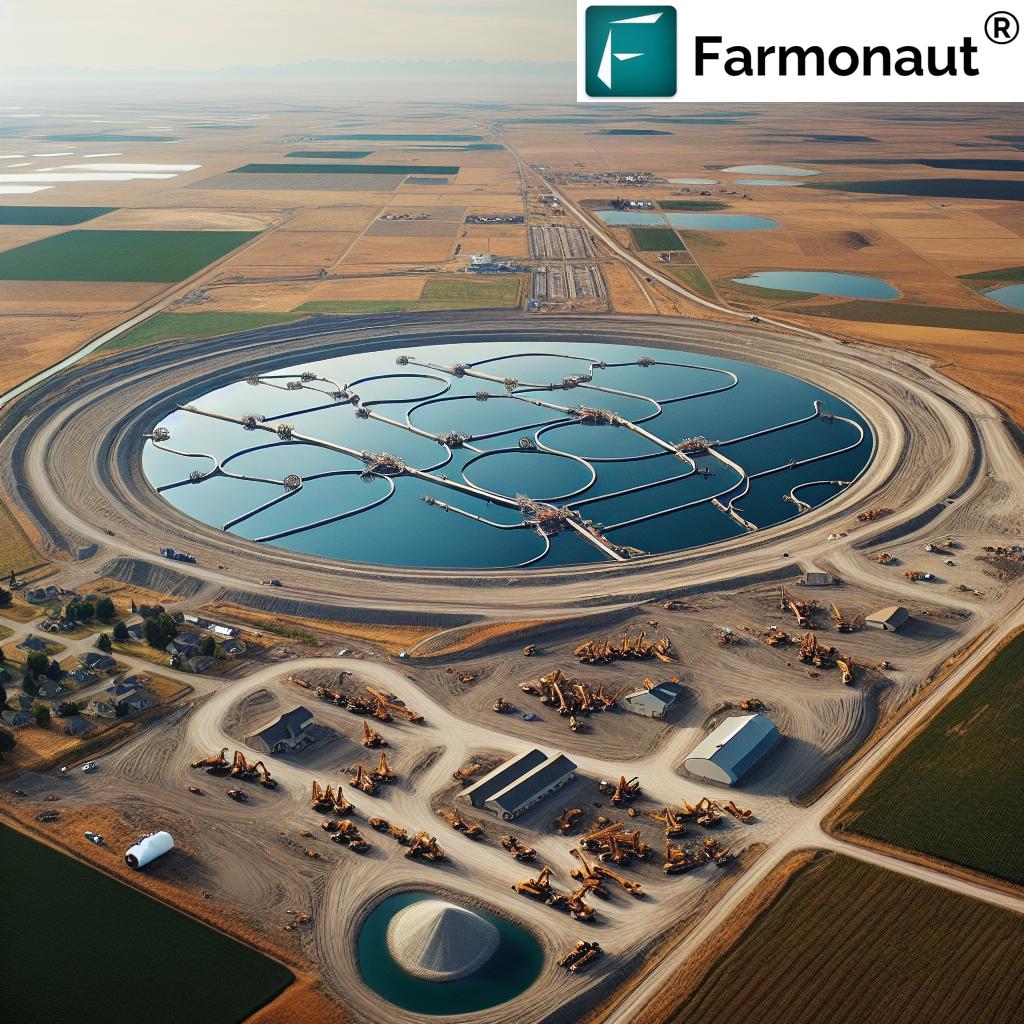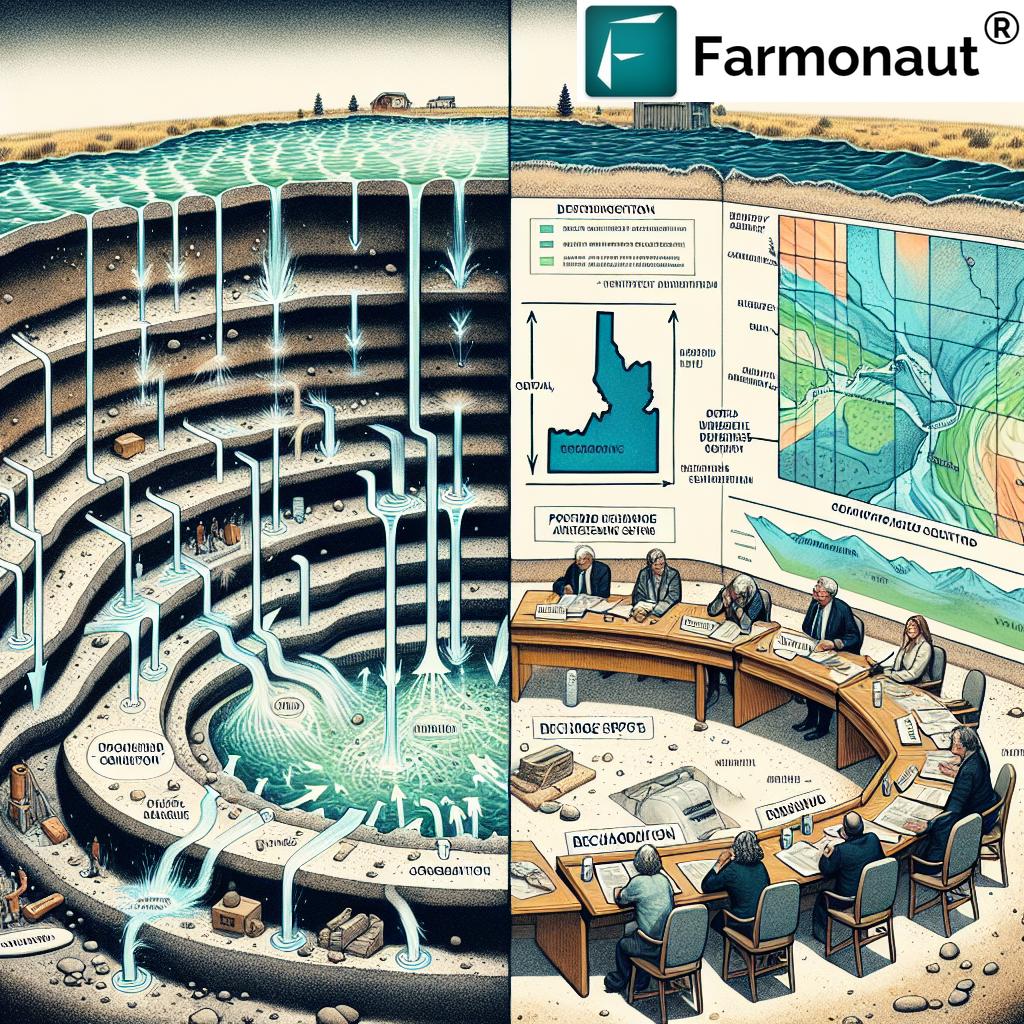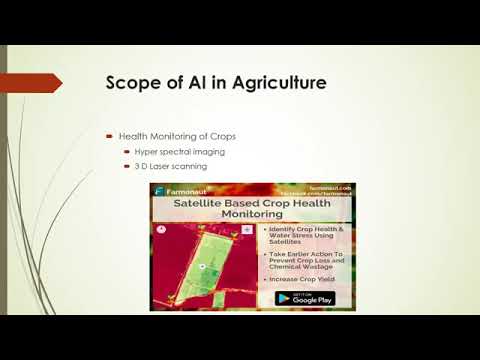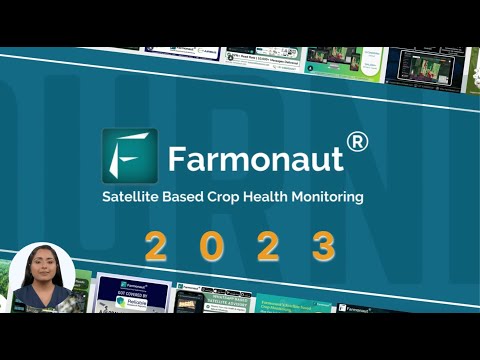Idaho’s Aquifer Recharge Projects: Balancing Water Sustainability and Property Rights in Eastern Idaho
“Idaho’s aquifer recharge projects have sparked debates affecting over 1 million acres of agricultural land in the state.”
In the heart of Eastern Idaho, a complex issue is unfolding that highlights the delicate balance between water sustainability and property rights. As we delve into the intricacies of Idaho’s aquifer recharge projects, we’ll explore how these initiatives are reshaping the landscape of water resource management in the region. This comprehensive analysis will shed light on the challenges faced by local residents, the benefits to agriculture, and the broader implications for Idaho’s water future.
Understanding Aquifer Recharge Projects in Idaho
Aquifer recharge projects in Idaho are a critical component of the state’s water conservation efforts. These initiatives aim to replenish groundwater reserves, ensuring a sustainable water supply for agriculture, industry, and residential use. The Eastern Snake Plain Aquifer (ESPA) is particularly crucial, as it supports a significant portion of Idaho’s agricultural economy.
At Farmonaut, we recognize the importance of sustainable water management in agriculture. Our crop plantation and forest advisory services can help farmers make informed decisions about water usage and crop selection, complementing the state’s efforts in aquifer recharge.
The Mechanics of Recharge Basins
Recharge basins are designed to capture surface water and allow it to percolate into the aquifer below. In Eastern Idaho, these basins are typically smaller due to unique geological conditions. The process involves:
- Diverting excess water from canals or rivers
- Allowing water to pool in designated basins
- Natural filtration as water seeps through soil layers
- Gradual replenishment of the underlying aquifer
“Eastern Idaho’s unique geology necessitates 20-30% smaller recharge basins compared to other regions in the state.”
The Bonneville County Case Study
In Bonneville County, the intersection of aquifer recharge efforts and property rights has come to a head. Let’s examine the situation that has sparked debate and legal challenges.
The Millers’ Dilemma
Dana and Darla Miller, longtime residents of Bonneville County, find themselves at the center of this controversy. Their story illustrates the personal impact of large-scale water management projects:
- Home built nearly 30 years ago on 55th East and US Highway 26
- Nearby field and unused gravel pit converted to recharge basin in 2024
- Claims of structural damage to their home following construction
- Reported issues with water quality and sand in their well
- Significant decrease in property value, estimated at 25%
The Millers’ experience raises important questions about the planning and implementation of recharge projects in populated areas. It underscores the need for comprehensive impact assessments and community engagement in the development process.

The Role of Local Government and State Agencies
The complexities of aquifer recharge projects involve multiple stakeholders, each with distinct roles and responsibilities:
Bonneville County Board of Commissioners
The local government finds itself in a challenging position:
- Projects implemented in partnership with the State of Idaho
- Limited county input in the planning process
- Recent vote to consider a moratorium on recharge project development
- Balancing economic benefits with resident concerns
Idaho Water Resource Board
As the state agency responsible for water management, the IWRB plays a crucial role:
- Overseeing the ESPA Recharge Program
- Conducting studies on geological suitability for recharge basins
- Addressing complaints and concerns from affected residents
- Implementing measures like sand filters to mitigate issues
The interplay between local and state authorities highlights the need for improved communication and collaboration in water resource management projects.
The Science Behind Aquifer Recharge
Understanding the geological and hydrological aspects of aquifer recharge is crucial to appreciating both its benefits and challenges:
Geological Conditions in Eastern Idaho
The unique geology of Eastern Idaho presents specific requirements for effective recharge:
- Limited areas suitable for large-scale recharge basins
- Necessity for multiple smaller basins in populated areas
- Complex underground rock formations affecting water flow
Water Quality Concerns
Recharge projects can impact water quality in various ways:
- Potential for sediment and contaminant infiltration
- Changes in local groundwater chemistry
- Need for ongoing monitoring and filtration systems
At Farmonaut, our carbon footprinting services can help agricultural operations assess and reduce their environmental impact, including water usage and quality considerations.
Benefits of Groundwater Recharge for Agriculture
Despite the challenges, aquifer recharge projects offer significant benefits to Idaho’s agricultural sector:
- Ensuring long-term water availability for irrigation
- Stabilizing groundwater levels to support sustainable farming
- Reducing reliance on surface water during dry periods
- Supporting Idaho’s position as a major agricultural producer
Farmonaut’s crop loan and insurance services can help farmers navigate the financial aspects of water management, ensuring they can invest in efficient irrigation systems and sustainable practices.
Property Rights and Rural Development
The conflict between aquifer recharge projects and property rights raises important questions about rural development and zoning:
Zoning Challenges
- Balancing agricultural needs with residential development
- Potential for conflicts between different land uses
- Need for comprehensive planning to address future water needs
Property Value Concerns
- Impact of nearby recharge projects on home values
- Potential for decreased marketability of affected properties
- Legal considerations for compensation or mitigation
These issues highlight the need for careful consideration of property rights in water resource management decisions.

Environmental Implications of Recharge Projects
Aquifer recharge initiatives have broader environmental impacts that must be considered:
Ecosystem Effects
- Changes in local hydrology and wetland habitats
- Potential impacts on native flora and fauna
- Long-term effects on regional biodiversity
Sustainability Considerations
- Balancing water needs with ecological preservation
- Potential for improving drought resilience
- Role in mitigating climate change impacts on water resources
Farmonaut’s satellite-based crop health monitoring can assist in assessing the environmental impact of agricultural practices in recharge areas, promoting sustainable farming methods.
Legal and Policy Frameworks
The development and management of aquifer recharge projects are governed by a complex web of legal and policy considerations:
Water Rights
- Idaho’s system of prior appropriation water rights
- Balancing existing water rights with recharge initiatives
- Potential for legal challenges from affected parties
Environmental Regulations
- Compliance with state and federal environmental laws
- Environmental impact assessment requirements
- Monitoring and reporting obligations
Our blockchain-based traceability solutions can help ensure compliance with environmental regulations and provide transparency in water usage throughout the agricultural supply chain.
Economic Impact of Aquifer Recharge
The economic implications of aquifer recharge projects extend beyond individual property values:
Agricultural Economy
- Securing water resources for Idaho’s vital agricultural sector
- Potential for increased crop yields and agricultural expansion
- Long-term sustainability of farming communities
Regional Development
- Balancing water needs with urban and industrial growth
- Potential for new industries related to water management
- Impact on local job markets and economic diversification
Farmonaut’s fleet management solutions can help agribusinesses optimize their operations in light of changing water availability, improving overall economic efficiency.
Future Outlook and Potential Solutions
As Idaho continues to grapple with the challenges of aquifer recharge, several potential solutions and future directions emerge:
Technological Innovations
- Advanced monitoring systems for real-time aquifer level tracking
- Precision agriculture techniques to optimize water use
- AI-driven predictive models for water management
Policy Recommendations
- Developing comprehensive zoning plans that account for recharge projects
- Implementing fair compensation mechanisms for affected property owners
- Encouraging public-private partnerships in water conservation efforts
Farmonaut’s large-scale farm management tools can play a crucial role in implementing these technological solutions, helping farmers adapt to changing water management practices.
Community Engagement and Education
Addressing the challenges of aquifer recharge projects requires active community involvement:
Public Awareness Campaigns
- Educating residents on the importance of aquifer recharge
- Transparent communication about project plans and impacts
- Fostering a sense of shared responsibility for water resources
Stakeholder Collaboration
- Creating forums for dialogue between farmers, residents, and policymakers
- Encouraging participatory decision-making in water management
- Developing community-based monitoring programs
Farmonaut’s AI-powered advisory system can provide valuable insights to stakeholders, facilitating informed discussions and decision-making processes.
Comparison of Aquifer Recharge Project Impacts
| Aspect | Benefits | Challenges |
|---|---|---|
| Water Sustainability | High (90% improvement in aquifer levels) | Medium (Potential for localized over-saturation) |
| Agricultural Support | High (Ensures long-term irrigation supply) | Low (Minimal direct challenges to agriculture) |
| Property Values | Low (Limited direct positive impact) | High (Up to 25% decrease in affected areas) |
| Environmental Impact | Medium (Improved ecosystem resilience) | Medium (Potential habitat disruption) |
| Legal Considerations | Medium (Strengthens water rights management) | High (Complex property rights issues) |
Conclusion: Striking a Balance
As we’ve explored throughout this analysis, Idaho’s aquifer recharge projects represent a critical effort to ensure water sustainability in the face of growing demands and changing climate conditions. While these initiatives offer significant benefits for agriculture and long-term water security, they also present challenges, particularly for property owners in affected areas.
The path forward requires a delicate balance between:
- Preserving water resources for future generations
- Respecting property rights and local community interests
- Supporting Idaho’s vital agricultural economy
- Protecting the environment and local ecosystems
By fostering open dialogue, embracing innovative technologies, and developing flexible policies, Idaho can navigate these complex issues. The experiences in Bonneville County serve as a valuable case study, highlighting the need for comprehensive planning, transparent communication, and equitable solutions.
As we continue to monitor and analyze these developments, it’s clear that the future of water management in Idaho will require ongoing collaboration, adaptation, and a shared commitment to sustainability. The lessons learned here will undoubtedly inform water conservation efforts not just in Idaho, but across the arid western United States and beyond.
FAQ Section
- What are aquifer recharge projects?
Aquifer recharge projects are initiatives designed to replenish groundwater reserves by directing surface water into designated areas where it can seep into underground aquifers. - Why are these projects necessary in Idaho?
These projects are crucial for maintaining water supplies for agriculture, industry, and residential use, especially in the face of increasing demand and potential climate change impacts. - How do recharge projects affect property values?
Some property owners near recharge basins have reported decreased property values, citing concerns about structural damage and water quality issues. - What are the benefits of aquifer recharge for agriculture?
Recharge projects help ensure a stable water supply for irrigation, supporting Idaho’s significant agricultural sector and promoting long-term sustainability. - How are environmental concerns addressed in these projects?
Environmental impact assessments are conducted, and projects must comply with state and federal environmental regulations. Ongoing monitoring is typically required to assess ecosystem effects.
Earn With Farmonaut: Earn 20% recurring commission with Farmonaut’s affiliate program by sharing your promo code and helping farmers save 10%. Onboard 10 Elite farmers monthly to earn a minimum of $148,000 annually—start now and grow your income!
Learn more about our affiliate program
Access Farmonaut’s Advanced Agricultural Solutions
To leverage cutting-edge technology for improved farm management and water conservation:
For developers interested in integrating Farmonaut’s powerful satellite and weather data into their applications, explore our API and API Developer Docs.







